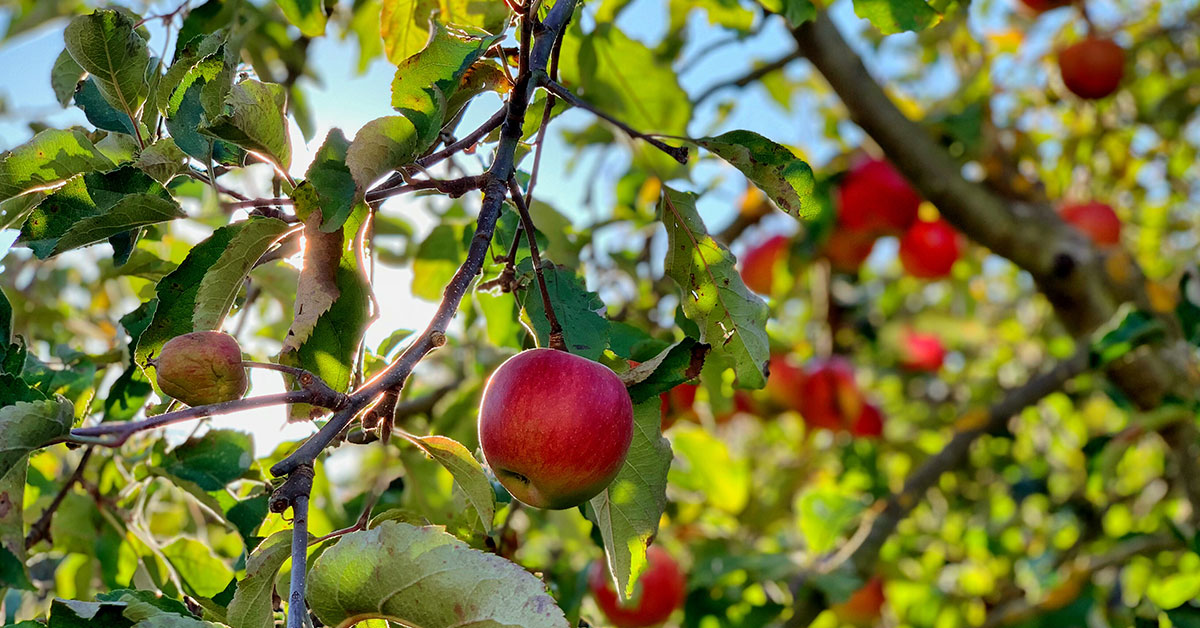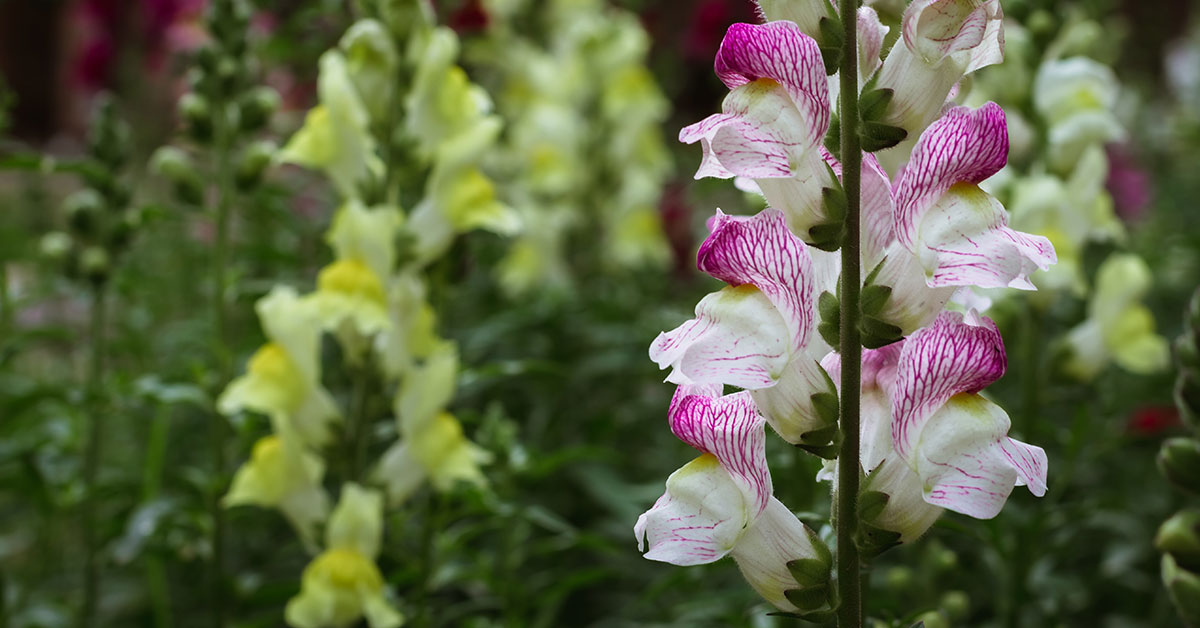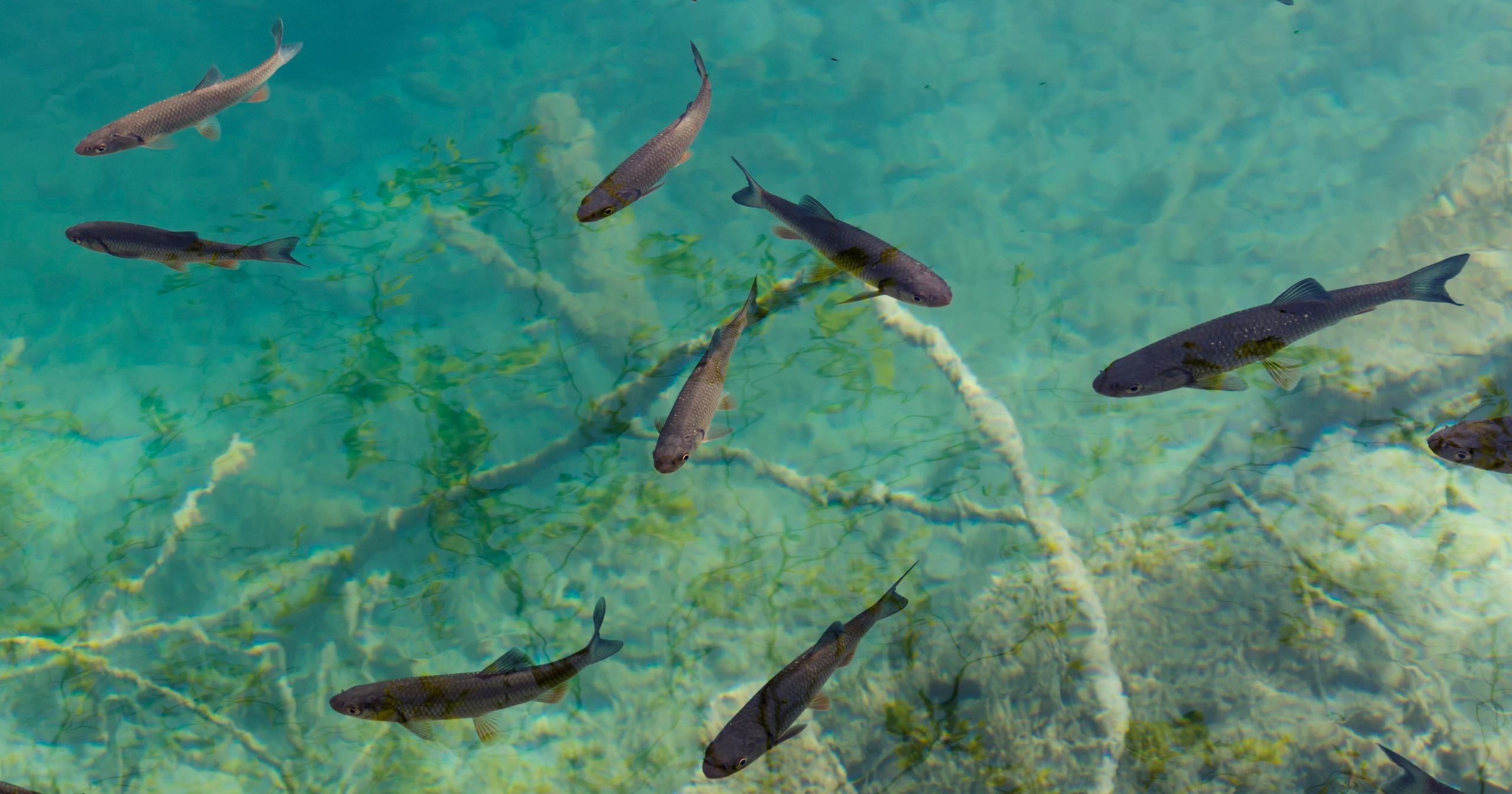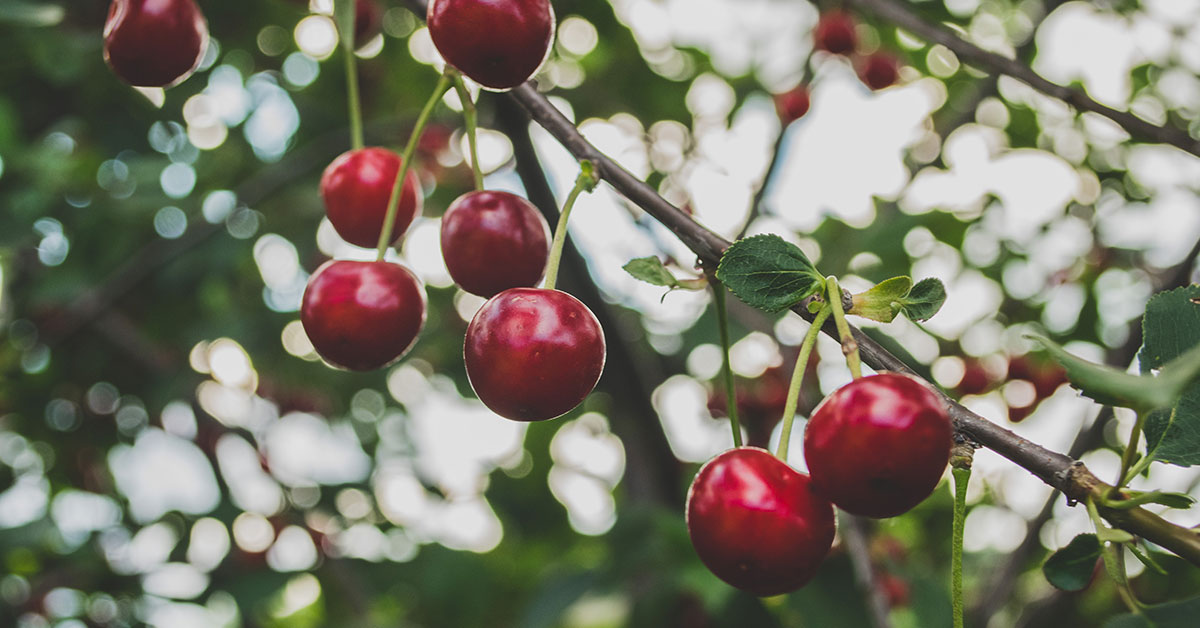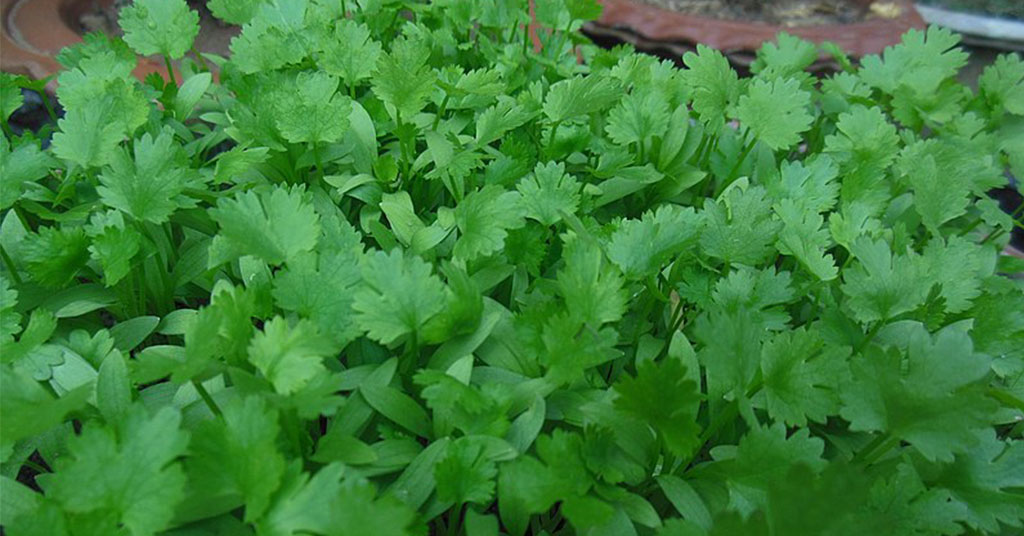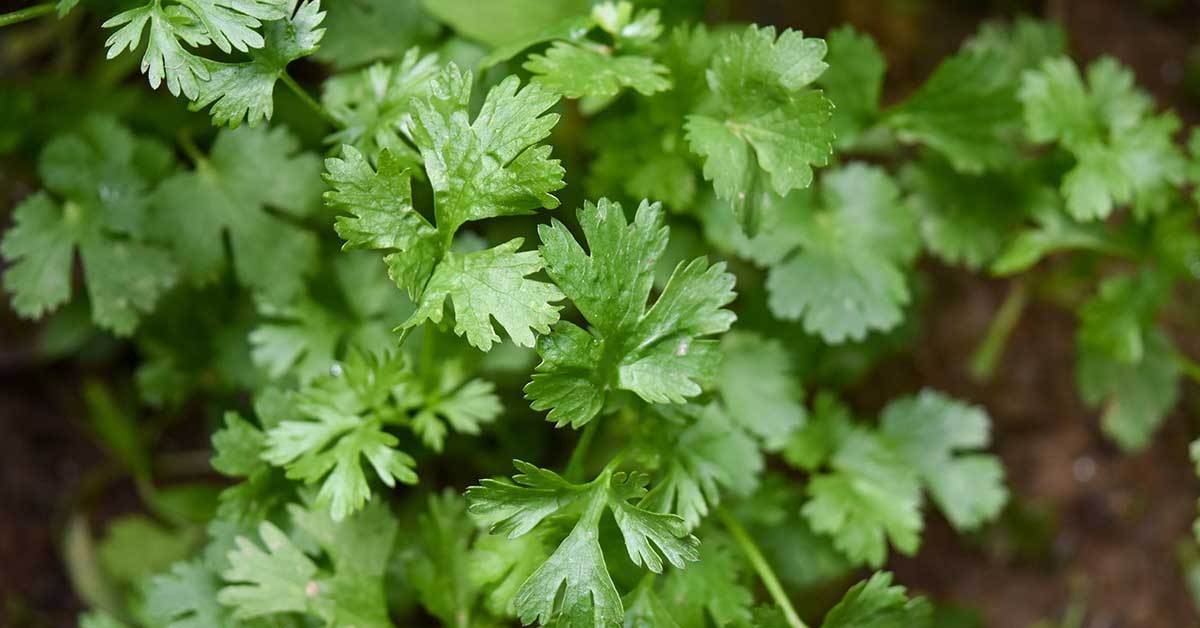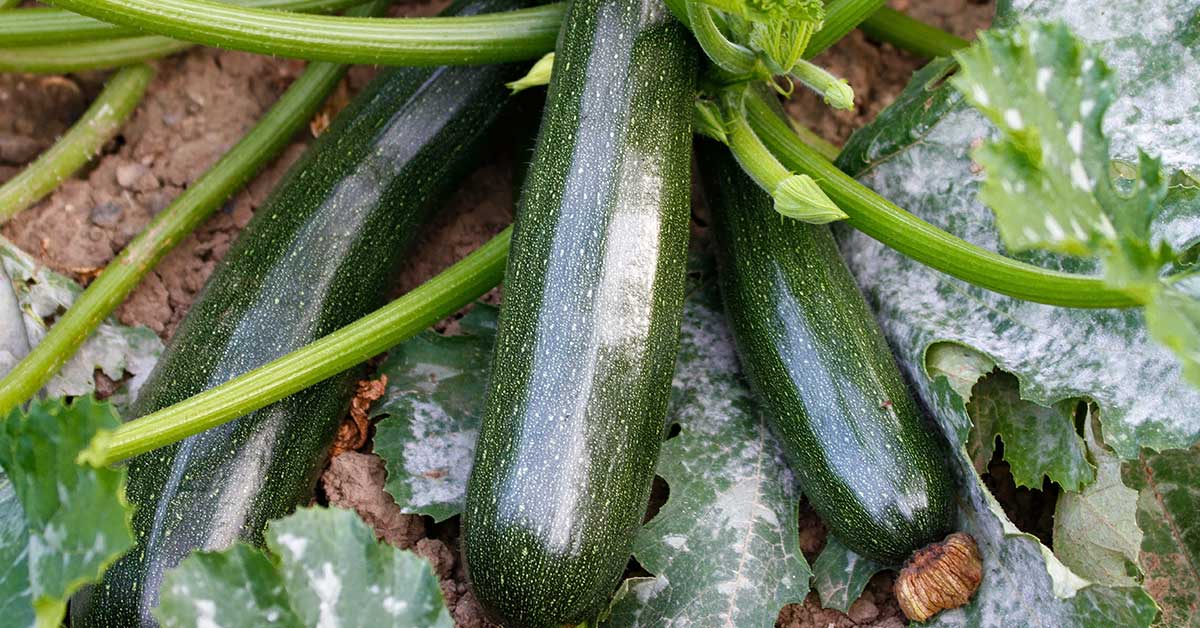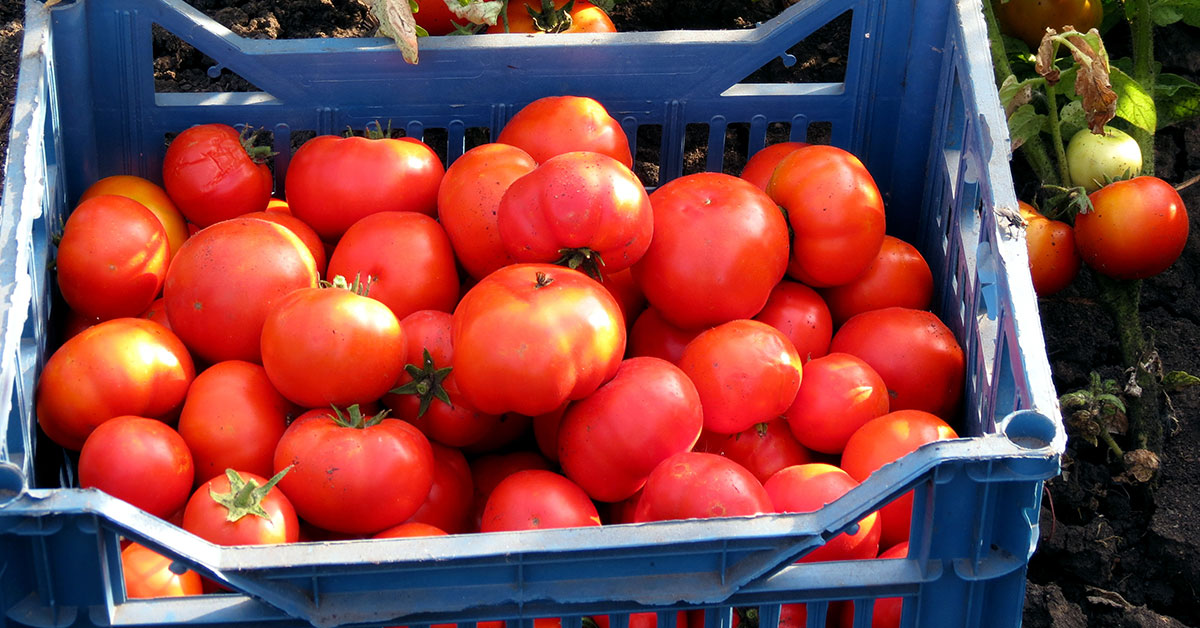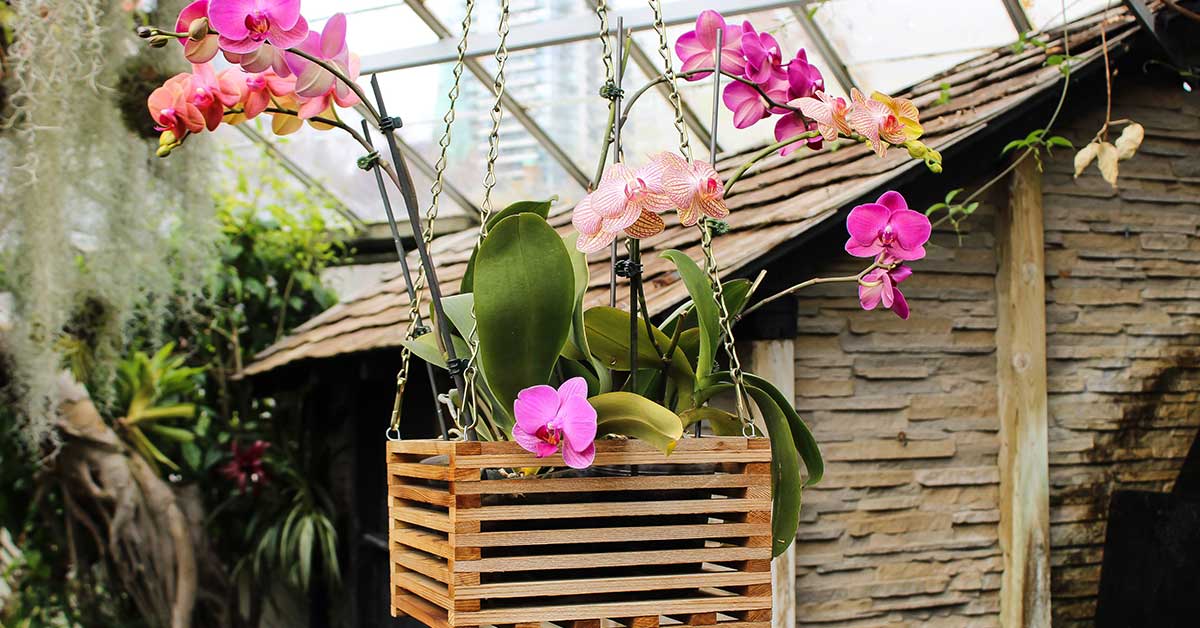Welcome to our comprehensive guide on the best fruit trees to grow in Utah! If you’re an avid gardener or simply looking to enhance your backyard with delicious, homegrown fruit, you’ve come to the right place. Utah’s unique climate and growing conditions present both opportunities and challenges when it comes to cultivating fruit trees.
However, with careful selection and proper care, you can enjoy a bountiful harvest of delectable fruits right in your own backyard. In this article, we will explore the top fruit trees that thrive in Utah’s climate, providing you with valuable insights and tips to help you succeed in your fruit-growing endeavors. So, let’s dive in and discover the best fruit trees to grow in Utah!
The best fruit trees to grow in Utah
Best Fruit Trees to Grow in Utah Utah’s unique climate and growing conditions present both challenges and opportunities for fruit tree enthusiasts. However, with careful selection, **certain fruit trees** can thrive and produce bountiful harvests in this region. Here are some of the **best fruit trees to grow in Utah**:
Apple Trees: Apples are well-suited to Utah’s climate, as they can tolerate the cold winters and hot summers. Varieties such as Honeycrisp, Gala, and Granny Smith are popular choices for their delicious flavor and ability to withstand Utah’s temperature fluctuations. When selecting apple trees, consider disease-resistant varieties to ensure a successful harvest.
Cherry Trees: Cherries are another excellent choice for Utah gardeners. Both sweet and tart cherry varieties can be successfully grown here. Popular sweet cherry varieties include Bing, Rainier, and Black Tartarian, while Montmorency is a popular tart cherry variety. Cherries require well-drained soil and benefit from protection against late spring frosts.
Peach Trees: Despite Utah’s cold winters, peaches can still thrive in certain areas of the state. Choose hardy peach tree varieties such as Redhaven, Elberta, or Reliance, which can withstand colder temperatures. Proper site selection and winter protection, such as covering the tree with burlap, can help increase their chances of survival.
Pear Trees: Pears are well-suited to Utah’s climate, particularly in the northern and central parts of the state. Varieties like Bartlett, Anjou, and Bosc are known for their excellent flavor and adaptability. Pear trees require well-drained soil and benefit from regular pruning to maintain their shape and promote fruit production.
Apricot Trees: Apricots are a popular fruit tree choice in Utah due to their ability to withstand cold temperatures and early spring frosts. Varieties such as Moorpark, Goldcot, and Tilton are well-suited to Utah’s climate. Apricot trees require well-drained soil and benefit from thinning the fruit to ensure larger, healthier apricots.
When selecting fruit trees for your Utah garden, it’s crucial to consider factors such as cold hardiness, disease resistance, and proper site selection. Additionally, it’s advisable to consult with local nurseries or agricultural extension services to determine the best fruit tree varieties for your specific location within Utah. With proper care and attention, you can enjoy a fruitful harvest from these best fruit trees to grow in Utah.
Avoid growing these fruit trees in Utah
When it comes to growing fruit trees in Utah, it is important to choose varieties that are well-suited to the climate and growing conditions of the region. While there are several fruit trees that thrive in Utah, there are also some varieties that should be avoided due to their susceptibility to cold temperatures, late spring frosts, or other environmental factors.
Citrus trees, such as oranges, lemons, and grapefruits, should generally be avoided in Utah. These trees are highly sensitive to cold temperatures and require a consistently warm climate to thrive. Utah’s cold winters and fluctuating spring temperatures make it challenging for citrus trees to survive and produce fruit.
Avocado trees are another fruit tree that should be avoided in Utah. Avocado trees are native to tropical and subtropical regions and require a warm and frost-free environment to grow successfully. The cold winters and short growing season in Utah make it difficult for avocado trees to survive and produce fruit.
Peach trees can also be challenging to grow in Utah, especially in areas with colder temperatures and late spring frosts. While there are some cold-hardy peach varieties available, the unpredictable weather patterns in Utah can still pose a risk to their fruit production.
In general, it is best to avoid fruit trees that are not well-adapted to Utah’s climate and growing conditions. By selecting fruit trees that are better suited to the region, gardeners can increase their chances of success and enjoy a bountiful harvest.
Fruit tree growing tips for Utah
When it comes to growing fruit trees in Utah, it is important to select the best fruit trees that are well-suited to the region’s climate and growing conditions. Here are some tips and best practices to help you successfully grow fruit trees in Utah:
- Choose the Right Fruit Trees: The best fruit trees to grow in Utah are those that are cold-hardy and can tolerate the region’s hot, dry summers and cold winters. Some recommended fruit trees for Utah include apple trees (such as Honeycrisp, Gala, or Granny Smith), cherry trees (such as Bing or Montmorency), peach trees (such as Redhaven or Elberta), and apricot trees (such as Moorpark or Goldcot).
- Consider Chill Hours: Utah experiences a range of chill hours, which are the number of hours below 45°F (7°C) during winter. Different fruit trees have specific chill hour requirements, so make sure to select varieties that match the chill hours in your specific area of Utah. This information can usually be found on the tree’s label or obtained from local nurseries or agricultural extension offices.
- Plant in the Right Location: Fruit trees require full sun exposure to thrive, so choose a location in your garden that receives at least 6-8 hours of direct sunlight each day. Additionally, ensure that the soil is well-draining to prevent waterlogging, as fruit trees do not tolerate standing water.
- Prepare the Soil: Before planting your fruit trees, it is crucial to prepare the soil properly. Utah’s soil is often alkaline, so consider conducting a soil test to determine its pH level. If the soil is too alkaline, you may need to amend it with organic matter or sulfur to lower the pH and make it more suitable for fruit tree growth.
- Provide Adequate Water: While Utah is known for its dry climate, fruit trees still require regular watering, especially during the hot summer months. Deep watering is essential to encourage deep root growth and drought tolerance. Water your fruit trees deeply once or twice a week, ensuring that the soil is moist but not waterlogged.
- Pruning and Maintenance: Proper pruning is essential for fruit tree health and productivity. Prune your fruit trees during their dormant season (late winter or early spring) to remove dead, damaged, or crossing branches. This helps improve airflow and sunlight penetration, reducing the risk of diseases and promoting better fruit production.
- Pest and Disease Management: Fruit trees in Utah can be susceptible to various pests and diseases. Regularly inspect your trees for signs of pests like aphids, mites, or codling moths, and take appropriate measures to control them. Additionally, practicing good sanitation, such as removing fallen leaves and fruit, can help prevent the spread of diseases.
- Fertilization: Fruit trees benefit from regular fertilization to ensure healthy growth and abundant fruit production. Apply a balanced fertilizer in early spring and again in late spring or early summer, following the recommended dosage on the fertilizer package. Avoid over-fertilizing, as this can lead to excessive vegetative growth at the expense of fruit production.
By following these tips and best practices, you can successfully grow the best fruit trees in Utah and enjoy a bountiful harvest of delicious homegrown fruits. Remember to consult local nurseries, agricultural extension offices, or experienced gardeners for specific advice tailored to your area within Utah.


